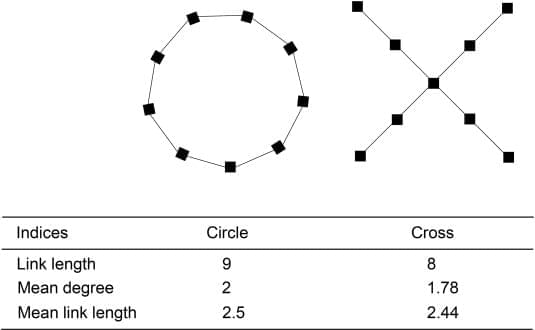Scientists discovered that a species of fungus can sense its surroundings and make strategic decisions.
A new study suggests that the fungus Phanerochaete velutina might have a surprising ability — recognizing shapes and adjusting its growth strategy accordingly.
Researchers from Tohoku University conducted experiments where the fungus was placed in different spatial arrangements and observed how it spread. Rather than expanding indiscriminately, the mycelium formed connections, retracted excess strands, and focused its foraging in strategic directions.
In circular arrangements, tendrils avoided the center, while in cross-shaped formations, the outermost blocks served as primary hubs for exploration.
This behavior hints at a level of perception and decision-making previously unrecognized in fungi.
The findings add to growing evidence that fungi exhibit a form of primitive intelligence, capable of memory, learning, and problem-solving. Scientists believe this research could expand our understanding of cognition in non-animal organisms, as well as inspire innovations in bio-computing.
The ability of fungal networks to process information and optimize resource allocation without a brain challenges conventional ideas about intelligence. As studies continue, fungi may offer fascinating insights into decentralized decision-making and ecological adaptation.
The present study investigated the behavior and wood decay ability of mycelial network of Phanerochaete velutina, a cord-forming fungus, on multiple wood blocks. We placed well-colonized wood blocks in two spatial arrangements (Circle and Cross) on a soil plate and compared the development of the mycelial network and wood decay over 116 days. In the Circle arrangement, the degree of connection (number of connected cords) of the blocks ranged from 0 to 8, with no significant differences observed across positions. However, in the Cross arrangement, the outer blocks exhibited a greater degree of connection than the inner blocks. The mass loss of the wood block was positively associated with the degree of connection and was significantly smaller in the Cross than in the Circle arrangement.
